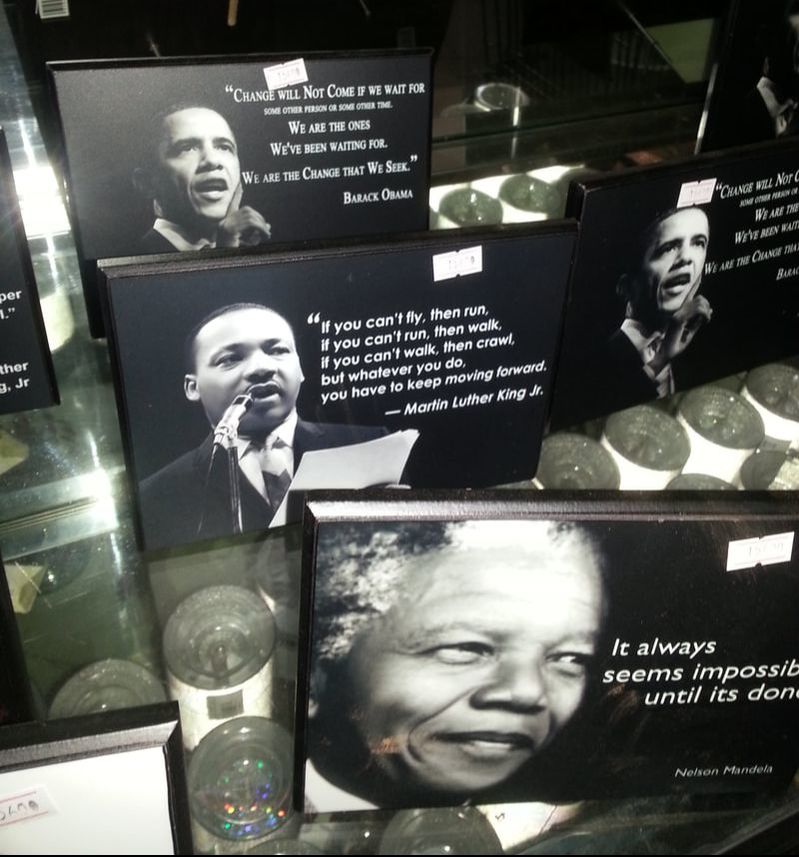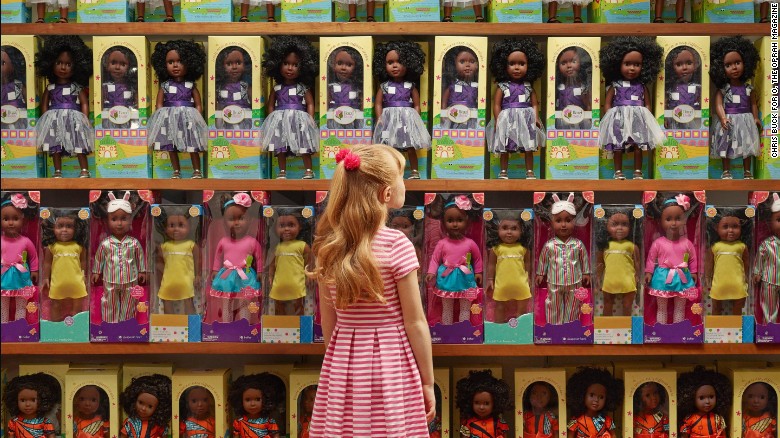|
“Ready”, I said as I situated myself on the back of Alex’s boda, the name for motorbikes in Uganda. He revved up and we climbed the dirt hill as I gripped the back of the bike with one hand. Using the other hand, I adjusted the bright orange helmet into place, as it shifted to match the cadence of the bumps in the road. We had agreed to go through some of the main slums within Kampala over the course of the next couple of hours. My curiosity of the conditions of what seemed like such a foreign concept, one that I had only been exposed to by fundraisers broadcasted to help children in Africa, ones showing dire conditions to reign in your allegiance to alleviate suffering, got the best of me. I wanted to see this part of the world with my own eyes. I felt that I could not pass my term in Uganda without seeing how so many of the people live. Along the way there, we diverted off of the main roads, riding alongside tens of other bodas, close enough to reach out and touch a person. I looked over to the left as we passed by the Acacia mall, where I had been a couple of times. After going through metal detectors you would enter in and be greeted by a fountain, and inside elevators climbed multiple floors that had a grocery store, a massage parlor, movie theater, book stores...Bringing my mind back towards the road that Alex and I rode along, I watched as the landscape changed within minutes. The economic contrast felt astounding to me, that there was luxury next to poverty. We weaved in and out of narrow passageways, skinny bridges over polluted water, with sounds of food carts bustling around with music attached. It was a high pitched generic tune, one note scaling after the other. The proximity between us and people walking was close enough to have to continuously brake to be able to become in cadence with the foot traffic. We winded through one bend and paused in one spot while Alex talked with some people. There were three girls, probably around seven years old, standing to the right of the boda, and they stared up at me with wide eyes and still faces. I looked back, and peered down, one of the girls was carrying a white Barbie doll by the leg. It had blonde hair, a leg and eye missing, and had small scratches and patches of dirt on it. She looked up at me, I probably looked just the same as she did, curious, though I also felt shock, and a bit of guilt. Alex finished his conversation, “Alright”, and started driving off. This sense of numbness filled me, as I gazed hazily through the environment. This Barbie doll brought many mixed feelings, a sense of sadness, acceptance, and anger. To me, it served as what has been a symbol of beauty, the advertisements, toys, movies, makeup, models, with the vast majority geared towards white audiences. It stood as a figure of colonialism, white supremacy, and greed. Now, this doll may have been given to her in a completely nice way, but reminders of racism in societies are prevalent in so many aspects that cannot be denied.  Dozens of pictures were lined up in a supermarket I was visiting in Kampala, Uganda. Dozens of pictures were lined up in a supermarket I was visiting in Kampala, Uganda. Part 2 Honk! Honk! "What are you doing? Don't back up!" The following day, Claire and I were navigating a parking lot outside of a supermarket. Riding shotgun, I peered over my shoulder to try and see what was behind to help with the situation. Traffic in Uganda appeared hectic to me, and I feel that the high motor vehicle accident rate mirrored the chaotic dance of tons of metal going through a system, a shared language that I am not versed in, but one nevertheless that carries it's own structure. I'm unsure how well I would drive in a city with no stop lights, dozens of motorbikes weaving in and out in close proximity, and pedestrians popping up everywhere. It's like there is an understanding of the abstractness of it, a communication between everyone involved, and one that I was lost in. After some more shifting, we parked and went inside, she was shopping for groceries, and I was on the lookout for some thick-soled sandals that would make it easier to walk across my rocky-dirt road commute. I had thin sandals, and my feet had become quite used to the rocks kissing my soles. I looked around at foods that I had never seen before, and spent a good amount of time in the beauty section, gazing hungrily at lotions and expensive shampoos that I ultimately decided were against my budget. I walked towards the escalator and observed my surroundings. I rose up to the second floor, and spent time peering around, going up and down the aisles, continuing to be amazed at the selection in comparison to the market nearby where I lived. Thick-soled suave sandals! Yes! I took the pair and continued to browse, walking down an aisle to the back of the section, where pictures of leaders with inspirational quotes lined shelves. They were all black, and this made me compare to Colorado, where I have never been in a supermarket with something like this displayed. Where are the displays of black and brown role models, lining the shelves, where there are people who aren't just white, in color and ethnicity? In this case, it warmed my heart to see Barack Obama and Martin Luther King Jr. on display. A picture on a shelf quoting leaders is an image reflection of the popular types of portrayed ideals. In the U.S., misrepresentation from the magnification of a media point, scrolls out and misrepresents on a wider scale. A study conducted by Travis Dixon (2015), examined the relationship between portrayal of African Americans across national television news networks picked at random, and stereotypical perceptions of African Americans. The results showed that there was a positive correlation between exposure to news and negative stereotypes. The more one was exposed to national U.S. news, the greater the amount of negative stereotypes they were likely to hold against black people. Take "The Birth of a Nation", a movie released in 1915 that depicted the reconstruction of the South after the United States Civil War. Black people in this movie (played by white actors with face paint), are portrayed as unintelligible, dangerous towards women, and purposefully corrupting towards political society. The Ku Klux Klan are shown as heroes, riding horses with crowds of white people cheering them on after they attack black people. This movie became a big hit, and is credited with the growth of the KKK (Blakemore, E., 2015). The United States is such a hub for movies, media, and music. I could see and hear reminders from the United States, throughout the world. There is a responsibility to be conscientious about how stereotypes are being portrayed in the media. These images affect lives, they have the power to frame political agendas and societal views. They have the ability to inspire some to build prejudice, and others to want to practice morals and character building. It is pivotal to see how the perception of minorities in the U.S. changes over time when there is more accurate representation for all kinds of people. Tomb Raider made me want to go do some crazy things as a young girl, I had a woman on TV with white skin and brunette hair, like me, to watch. But it's representation across the board, in different disciplines, that shows those who watch, what role models are portrayed for the world to see. I can see how the media paints a narrative for people to follow when referencing a culture. Before I left for Colombia, I would constantly get comments about the Netflix series, Narcos. The culture is more than narcos and drug wars! But what other frame of reference other than a cool TV series do a lot of people who aren't acquainted with a culture have to go by? They could go out of their way to do some personal digging and explore what else exists, but in a world full of busy lives, many cultures and media information being bombarded in our faces, what is the chance that most people who aren't familiar with Colombia going to go out of their way to discover more? But I even saw it with the tourists in Colombia, the preoccupation with cocaine and Pablo Escobar, and I wonder if this would have been as big of a highlight for tourism if not for the TV series. Unfortunately, misrepresentation in the media remains. It also had framed my mind of how the slums were, of how Africa is. Ahuja, Masuma (2017). These photos are meant to turn our racial assumptions on their head. CNN.
Retrieved from https://www.cnn.com/2017/05/19/us/race-photo-series-o-magazine-trnd/index.html Balikuddembe, J. K., Ardalan, A., Khorasani-Zavareh, D., Nejati, A., & Munanura, K. S. (2017). Road traffic incidents in Uganda: a systematic review of a five-year trend. Journal of Injury and Violence Research, 9(1), 17–25. http://doi.org/10.5249/jivr.v9i1.796 Blakemore, Erin (2015). Birth of a Nation: 100 Years Later. Retrieved from https://daily.jstor.org/the-birth-of-a-nation/ Dixon, Travis (2015). News and Racial Beliefs: Exploring the Connection Between National Television News Exposure and Stereotypical Perceptions of African Americans. Journal of Communication Network, 44(6), 321-337. Retrieved from https://doi.org/10.1177/0093650215579223
0 Comments
Leave a Reply. |
Jessica -Thank you for visiting! This is my personal blog, where I write about social justice, geography, culture, and my own encounters and reflections from around the world. Categories-
|
